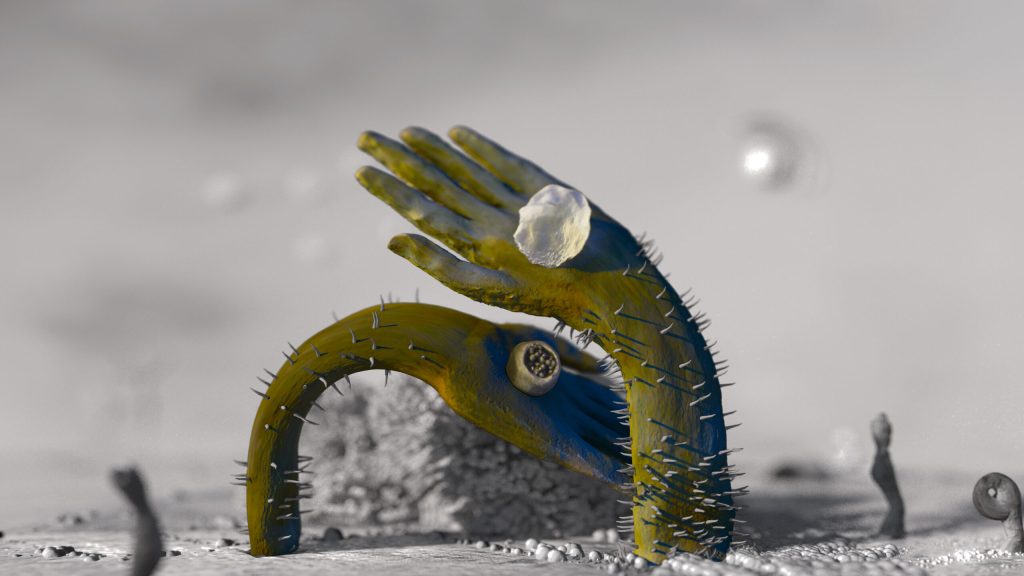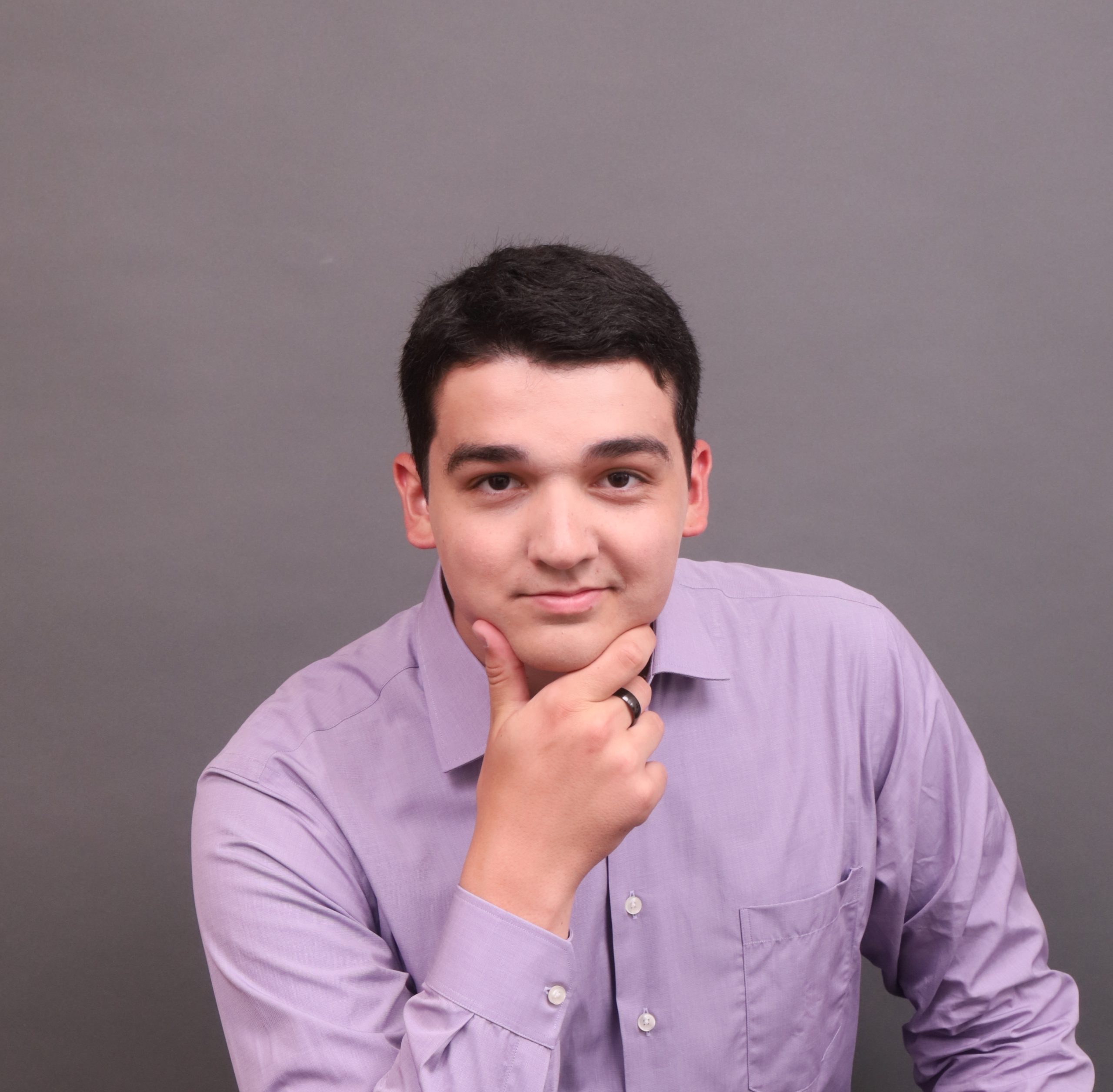Life Through the Eyes of a Spud: ‘Kinnomics’

There is no better place to begin building the foundation for radical change than in the dirt. Kinnomics by Iman Datoo opened on Friday, June 6 as an exhibit co-presented by the Festival of Live Digital Art (FOLDA) and the Agnes Etherington Art Centre. The exhibit opens the Agnes’ offsite space at 207 Stuart Street and explores how an organism or an artwork embedded in one ecosystem can find kinship in a new one. The vessel of this is the potato, and the mediums featured in this exploration include gouache, watercolour, pen and ink, unfired clay, sound installation, digital claymation, and augmented reality.
I was invited to attend the exhibition opening on Friday, and arrived early enough to begin exploring the new space. It is tight, but well suited to the demands of the exhibition. As I entered I was greeted by smiling staff at the front table and could hear Datoo’s recorded voice faintly droning in the background. It did not take me long to realize that the work is definitely outside of the usual purview of this blog. Rather than being performance-based, the exhibit is primarily visual arts. Datoo’s work in particular involves bringing together botany and cartography—two areas out of my field of expertise as a theatre critic—so it seemed intimidating when I first approached.
After rounding the corner past a curtain, the first thing I noticed was a large etymology chart explaining “Kinnomics” (a word coined by Datoo as a counterfield to economics). The “Kin” part of the title means “family,” and is inspired by Ecofeminist scholar Dr. Donna Haraway’s writings which oppose the anthropocene by “making kin” with other species. For the latter part of the phrase; “nomics” or “nemein” (meaning “to distribute”) is taken from economics to form a word essentially meaning “distribution of story.”
The idea and practice of kinnomics are to decentralize humanity as a dominant shaping force, and instead explore relationships in nature based on the perspectives of the different worlds each biotic and abiotic factor of an ecosystem represent. What this meant confused me thoroughly until I watched the first film of the display: Kinnomic Botany: Freeing the Potato from its Scientific and Colonial Ties. The film explored the potato’s native habitat, alternative methods we could use to identify or name potatoes, and more, but what really helped me understand the idea of Kinnomics was a description of the scientific family the potato has been classified under. Datoo notes that if the potato were to be planted alongside organisms of the same family, they would all compete for the same nutrients, but if the potato is planted amongst plants which require different nutrients, a mutually beneficial relationship can be formed. The potato can find kin in plants of a completely different family and develop a more advantageous arrangement for all involved: this is the idea of kinnomics.
Because of the various mediums of the exhibit, there are many ways to interact with the pieces, and frankly there is enough in the compact space that I would need hours to take in everything. Just listening through all of the audio and viewing the films takes over 30 minutes, and following that there are numerous static artworks on display. After spending about an hour perusing, I stepped outside for some fresh air and to download snapchat, which I would recommend you do before visiting. On the walls around the room are QR codes which, when scanned in snapchat, allow you to view and interact with detailed renderings of some of the 3D models used in the films.
Despite spending over an hour at this intimate exhibit, I still have yet to read some zines containing transcripts of conversations, as well as the 77 page 100 Year Care Plan which is available via a tablet in a back room. The exhibit contains complex language and big ideas which are made accessible through the artwork, and made exciting through the obvious passion of the entire team behind it. Brief remarks were given at the opening by the coordinating curator, Sunny Kerr, and then by Datoo herself; both of whom made it explicitly clear that they were available to talk about the exhibit if anyone had any questions.
Although the scientific nature of the installation can seem daunting, the passion and creativity present make the unique experience one that I highly recommend checking out before it closes. Datoo’s art spans an impressive spectrum of mediums: from pen and ink to augmented reality. The work in this exhibit depicts the familiar potato in an almost alien light which inspires exploration and curiosity leading to a rediscovery of the humble tuber, and has given me an entirely new lens through which to consider some of the life I interact with every day.
‘Kinnomics: Iman Datoo’ is open from 12PM – 8PM Thursdays and Fridays, and from 1PM – 5PM Saturdays and Sundays until June 19, 2025. The exhibit is at 207 Stuart Street and admission is free. More information about the Agnes Etherington Art Centre can be found here. More information about the exhibit can be found here.
